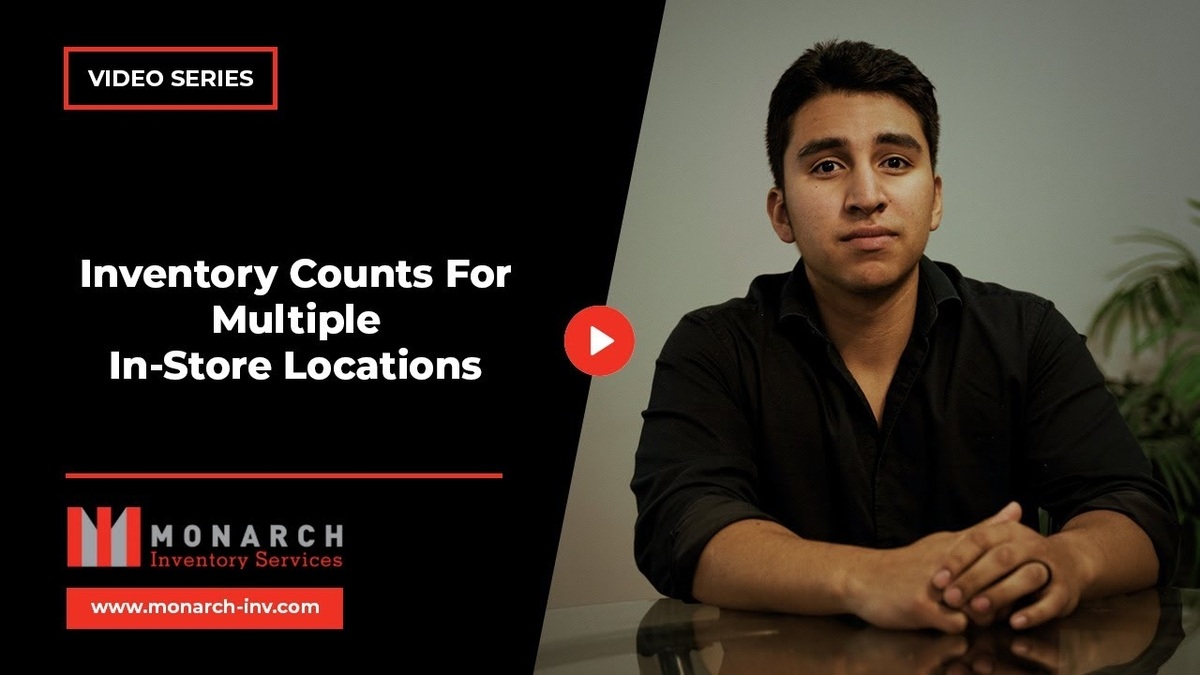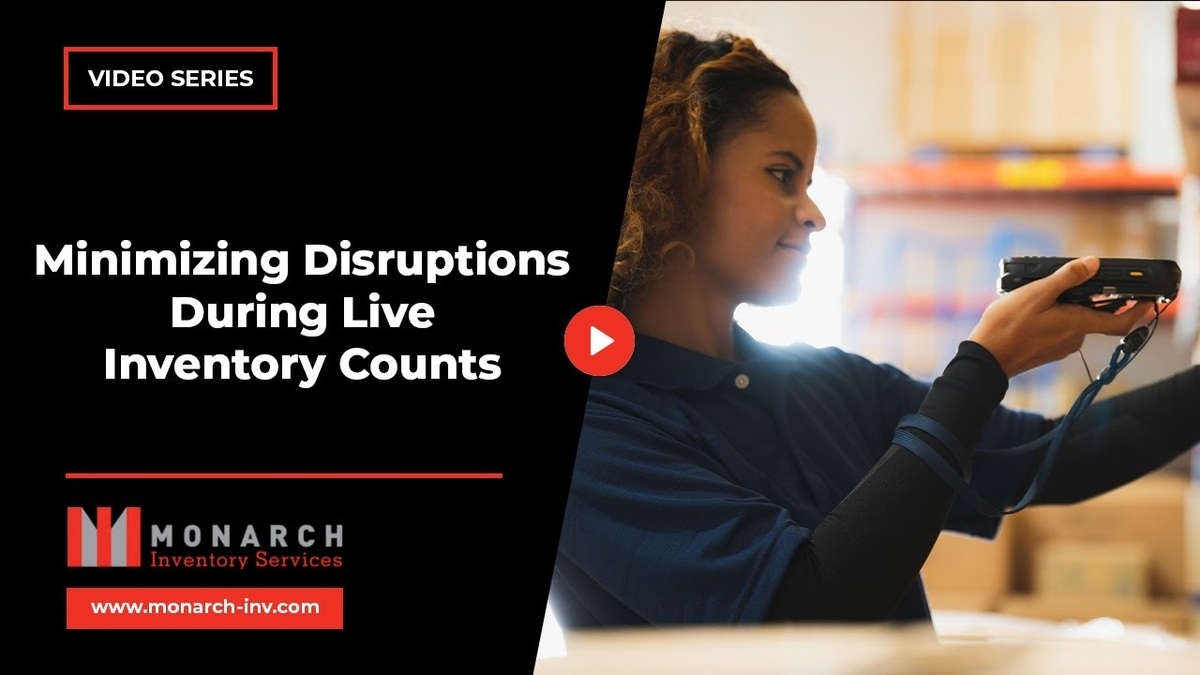For anyone running a retail business, knowing how to effectively and accurately count inventory is crucial. This task, although tedious, can make or break the efficiency of your supply chain and ultimately influence customer satisfaction. Whether you operate a grocery store, a liquor store, a convenience store, or any other retail business, the principles are pretty consistent. Here’s a step-by-step guide on how to conduct a retail inventory count.
Understanding the Basics of Retail Inventory
The foundational step in any inventory process is to understand what you’re dealing with. Essentially, it revolves around counting every item or unit on the shelf. This ensures that what’s on the shelf is consistent with what’s in your records, ensuring accurate financial reporting and product replenishment.
Importance of Accurate Pricing
Before embarking on the count, ensure that all products either have accurate pricing on the shelves or in item files. This is paramount because accurate pricing ensures that the count reflects the true monetary value of items in the store. A mismatch in pricing can cause financial discrepancies that can be detrimental to your business.
Conducting the Inventory Count
Once you’ve set the groundwork, it’s time to get into the nitty-gritty of the inventory process. This involves systematically counting every item.
Methodical Counting
To conduct a retail inventory count, start with a systematic approach:
- Aisle by Aisle: Begin at one end of the store and move through each aisle, ensuring that no products are overlooked.
- Shelf by Shelf: Tackle one shelf at a time. This breaks down the process into manageable chunks and ensures thoroughness.
- Special Displays and End Caps: Don’t forget about end caps and special promotional displays. These often contain products that might not be found elsewhere in the store.
Utilizing Scanning for Accuracy
A scanning system can greatly enhance the accuracy and efficiency of the inventory count. By scanning each individual product. And you can ensure that every item is accounted for, and you can easily separate items into their respective departments. The result is a more streamlined and organized counting process.
Interpreting the Results and Reporting
After the count, the real value comes in understanding and using the data collected.
Financial Breakdown
Post-count, generate reports that indicate the financial values of retail as well as the cost for the store. This can be broken down into department-specific reports, providing a granular view of your store’s inventory worth.
Detailed Product Reports
Beyond just the financials, the real treasure trove of data comes in understanding the specifics of your inventory. For instance, with a scanning audit:
- How many candy bars of a particular brand are on the shelves?
- How many bottles of Pepsi are in stock?
- What’s the stock level of size large shirts on a particular rack?
Such detailed reports not only inform restocking strategies but also provide insights into sales trends and customer preferences.
Conclusion
Conducting a retail inventory count is not just about numbers; it’s about optimizing business operations, understanding consumer behavior, and ensuring that the business thrives in a competitive market.
With methodical counting, accurate pricing, and detailed reporting, you can ensure that your retail business is always a step ahead. If you have more questions or need tailored advice for your business, don’t hesitate to contact us. We’re here to help!



